Let's talk Japanese Spitz Dogs
The Japanese Spitz is small in stature but mighty when it comes to protecting their humans. A keen expression denotes their smart nature and alertness, all wrapped up in that fluffy white coat! The compact size of a Japanese Spitz means they’re suited to apartments and non-threatening to small children, but training is a must to maintain the peace. That double coat is actually low-maintenance, so don’t be put off by it. If you want a small dog with buckets of personality, the Japanese Spitz may well be the breed for you.
Official name: Japanese Spitz
Other names: 日本スピッツ Nihon Supittsu
Origins: Japan
Drooling tendencies
1 out of 5Shedding Level
3 out of 5Physical activity needs
1 out of 5Compatibility with other pets
3 out of 5Warm weather?
3 out of 5Suited to apartment living
4 out of 5Kid-friendly
3 out of 5Can stay alone
2 out of 5
| Male | Female |
|---|---|
| Height | Height |
| 30 - 38 cm | 30 - 38 cm |
| Weight | Weight |
| 4.5 - 11 kg | 4.5 - 11 kg |
| Life stages | |
|---|---|
| Adult | |
| 10 months - 8 years | |
| Mature | Senior |
| 8-12 years | from 12 years |
| Baby | |
| Birth to 2 months | |
Drooling tendencies
1 out of 5Shedding Level
3 out of 5Physical activity needs
1 out of 5Compatibility with other pets
3 out of 5Warm weather?
3 out of 5Suited to apartment living
4 out of 5Kid-friendly
3 out of 5Can stay alone
2 out of 5
| Male | Female |
|---|---|
| Height | Height |
| 30 - 38 cm | 30 - 38 cm |
| Weight | Weight |
| 4.5 - 11 kg | 4.5 - 11 kg |
| Life stages | |
|---|---|
| Adult | |
| 10 months - 8 years | |
| Mature | Senior |
| 8-12 years | from 12 years |
| Baby | |
| Birth to 2 months | |
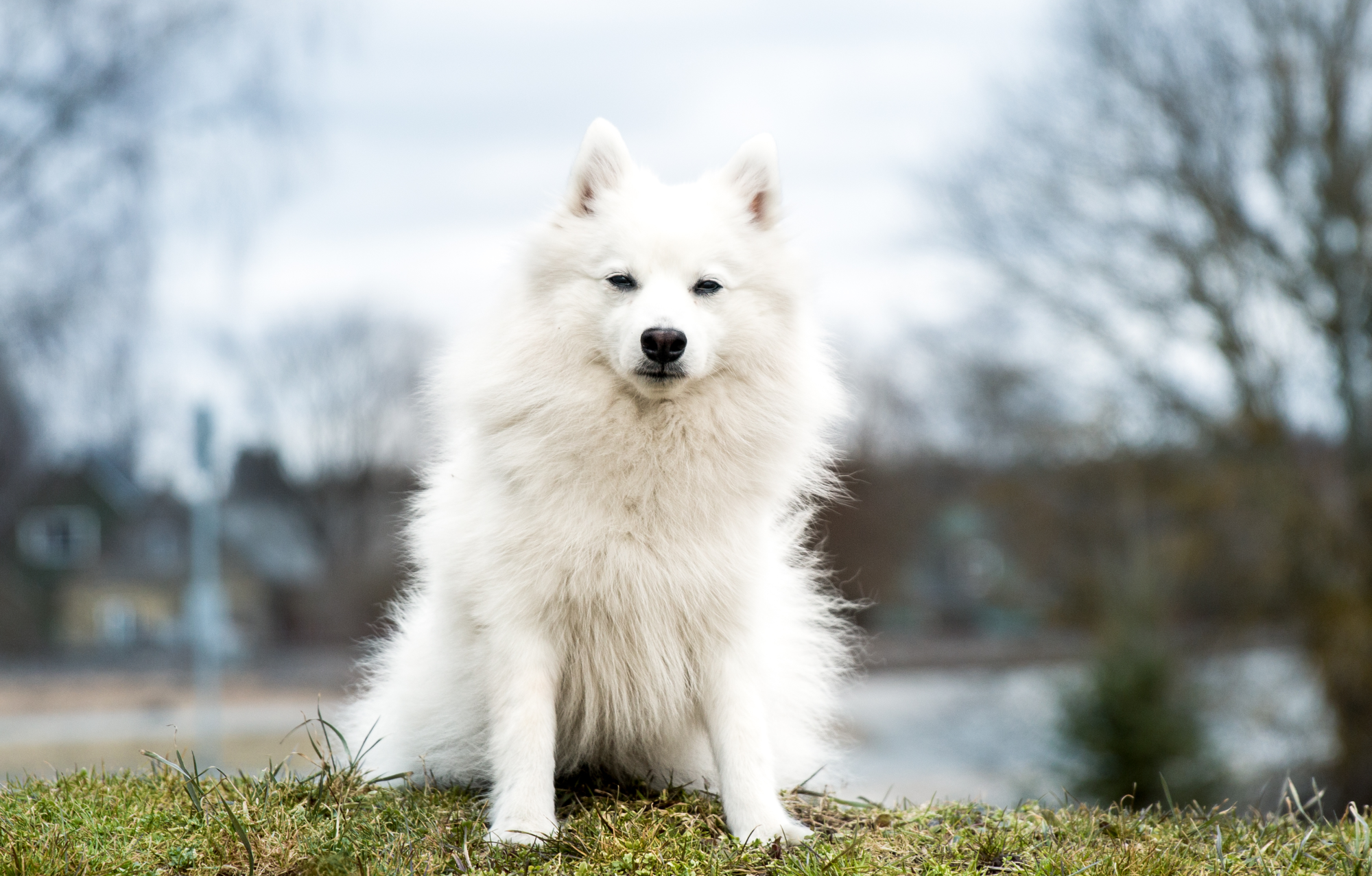
Get to know the Japanese Spitz
All you need to know about the breed
With a permanent canine-smiley expression, the Japanese Spitz is here to make your life more fun. Their comedic temperament is coupled with an elegant appearance that often makes them the centre of attention - and the Japanese Spitz is a-ok with that.
Originally bred to be an adorable companion, the Japanese Spitz has evolved to be smart, speedy and brave, while remaining an all-round great family dog. They make wonderful playmates for young children, once the training is out of the way, but may find older kids a little too boisterous for their compact frame. Speaking of size, the Japanese Spitz adapts well to apartment life but they will be just as content in the countryside - this canine aims to please his humans above all else and shows unwavering loyalty to them.
A day in the life of a modern-day Japanese Spitz involves a walk or run with their family, followed by play time and cuddles. Easy to train and groom, the Japanese Spitz would make a great companion for first time pet owners, people living alone, and families with children. If you can handle a big canine temperament in a diminutive frame, you’ll gain a charming companion with a Japanese Spitz.
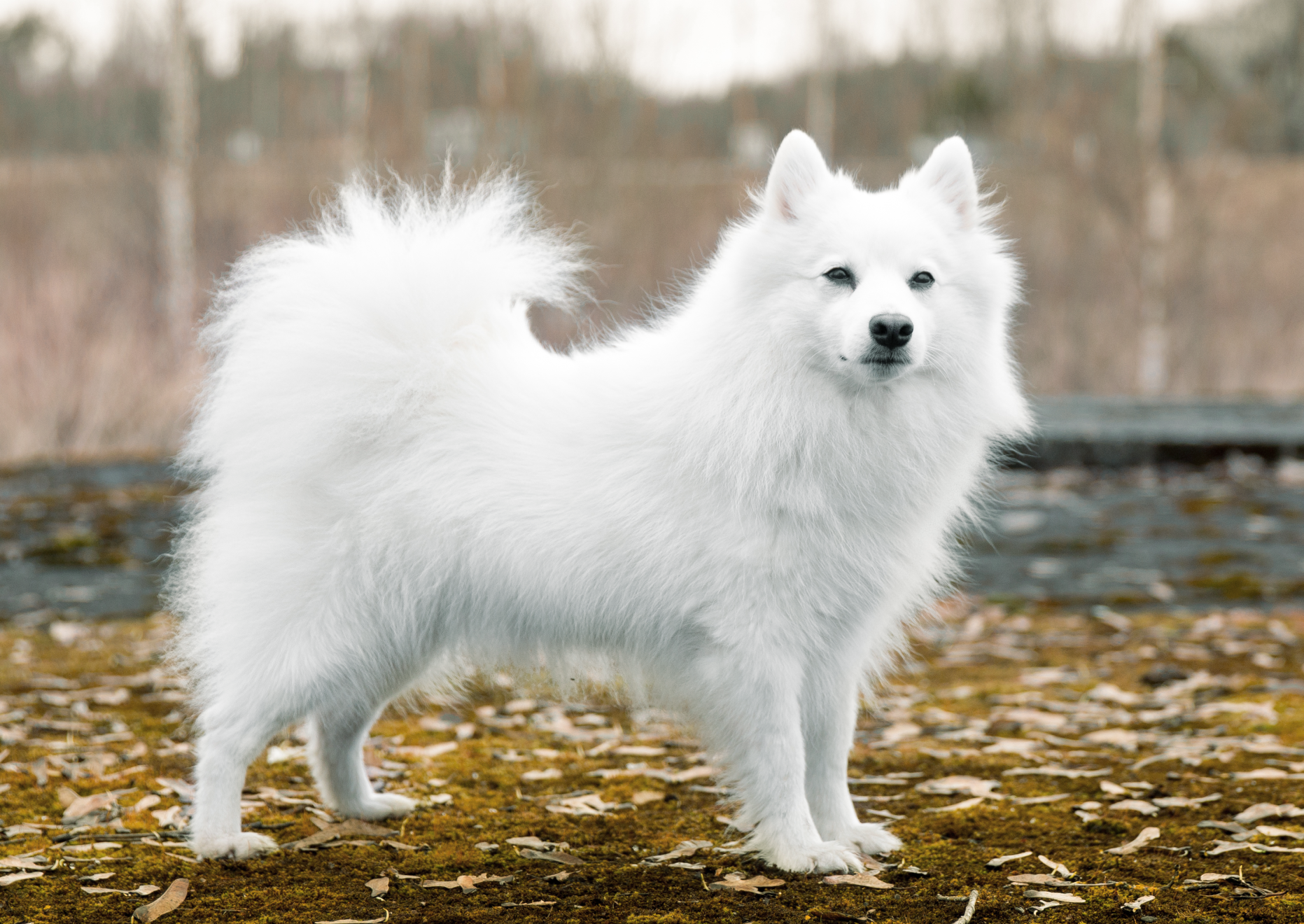
2 facts about Japanese Spitz dogs
1. Bark worse than their...
The Japanese Spitz was bred to be an affable but smart canine companion. It also turns out that they’re courageous, making them talented watch dogs. Look out for the Japanese Spitz’s bark, which is louder than one would expect from such a small-sized dog.
2. Low-maintenance fluff
The breed has a beautiful white coat that is dense but short and oh-so-soft, which requires less grooming than one would expect. Their fur does not hold onto debris and dirt from time spent outdoors, so one weekly grooming session at home will keep the Japanese Spitz’s fur looking beautifully glossy.
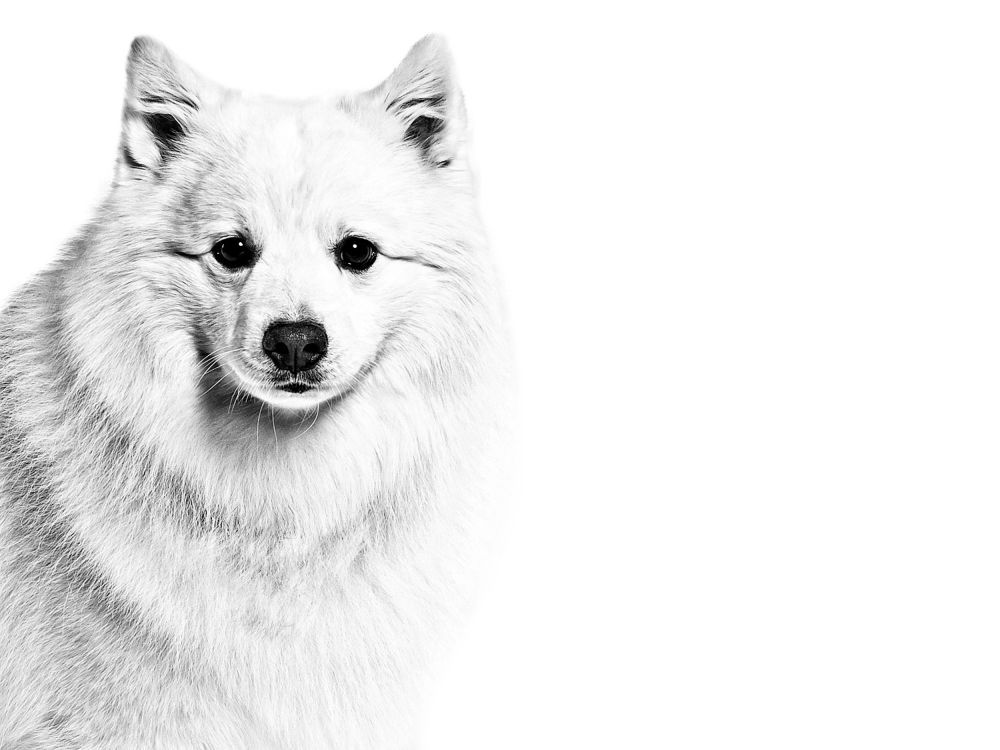
History of the breed
The Japanese Spitz made its first ever appearance at a dog show in Tokyo, Japan in 1921. Experts are certain that the first dogs were bred from white German Spitz dogs that had been brought over to Japan from China. These dogs were then bred with several other white Spitz breeds from around the world, in order to achieve desirable traits such as intelligence, agility and an amiable temperament.
With many official records destroyed during World War II, the breed wasn’t formally recognised by the Japan Kennel Club until 1948. Following this, Japanese Spitz dogs were exported to Sweden, then England, in order to gain a more international presence. Today, many national kennel clubs recognise the Japanese Spitz as a stand-alone breed, with the exception of the American Kennel Club. Their reason being that the Japanese Spitz too closely resembles the American Eskimo Dog.
Their adorable nature and appearance means that the Japanese Spitz is a popular dog both in their native Japan and abroad.
From head to tail
Physical characteristics of Japanese Spitz dogs
1.Coat
2.Head
3.Legs
4.Ears
5.Tail
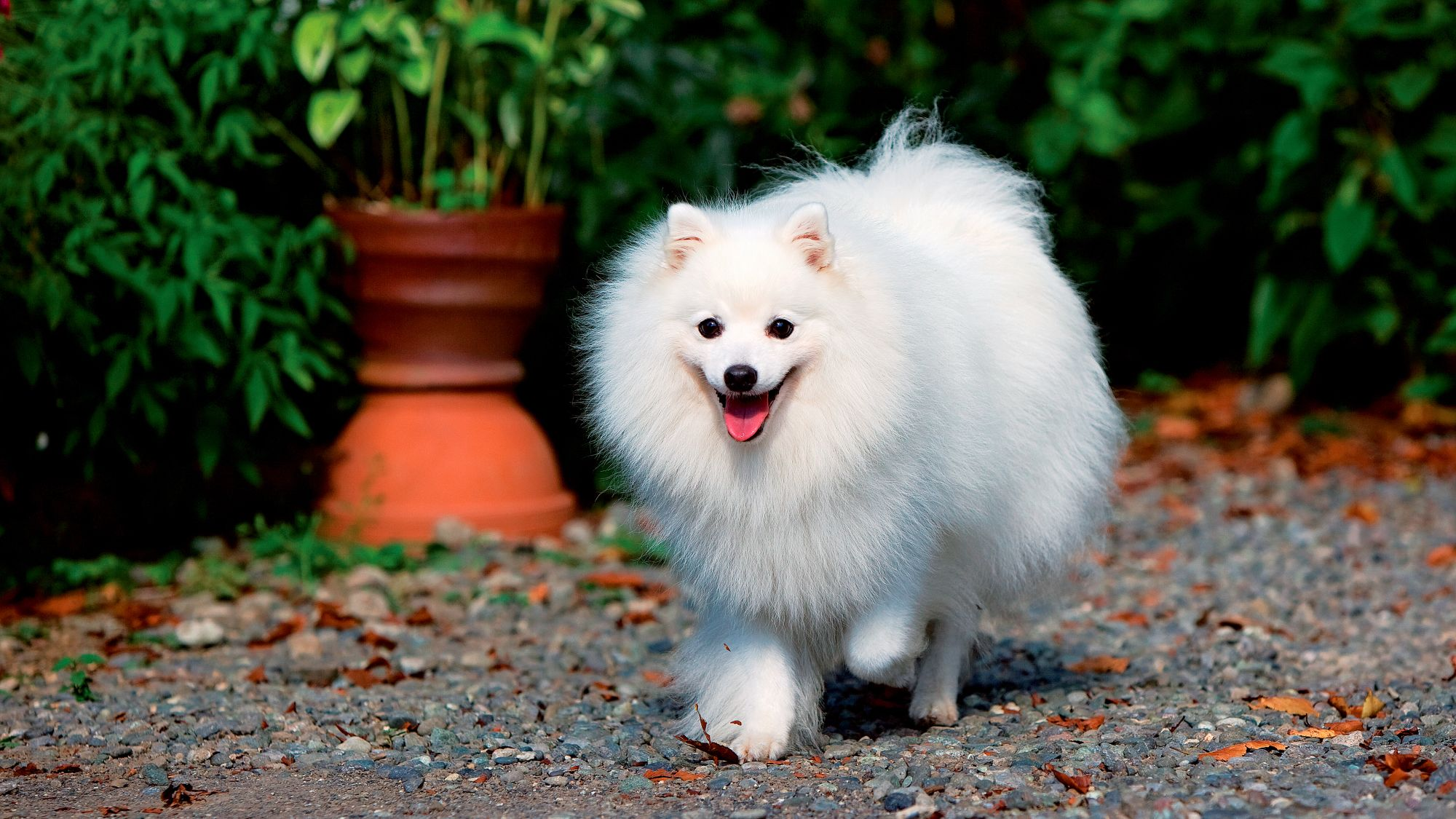
Things to look out for
From specific breed traits to a general health overview, here are some interesting facts about your Japanese Spitz
Slippery joints
The Japanese Spitz dog can be prone to patellar luxation, a condition where the kneecap slips out of place. If you’re buying a puppy, take care to seek out a responsible breeder who will screen for all genetic and hereditary conditions. Regular check-ups with the vet will also help to identify any health problems for early management and optimal treatment.
Minimal bathing time
A Japanese Spitz should not be bathed too often as their skin will become dry and uncomfortable. One bath per season should suffice for a Japanese Spitz, as any mud or dirt can be brushed off their fur once it has dried out.
Healthy diet, healthier dog
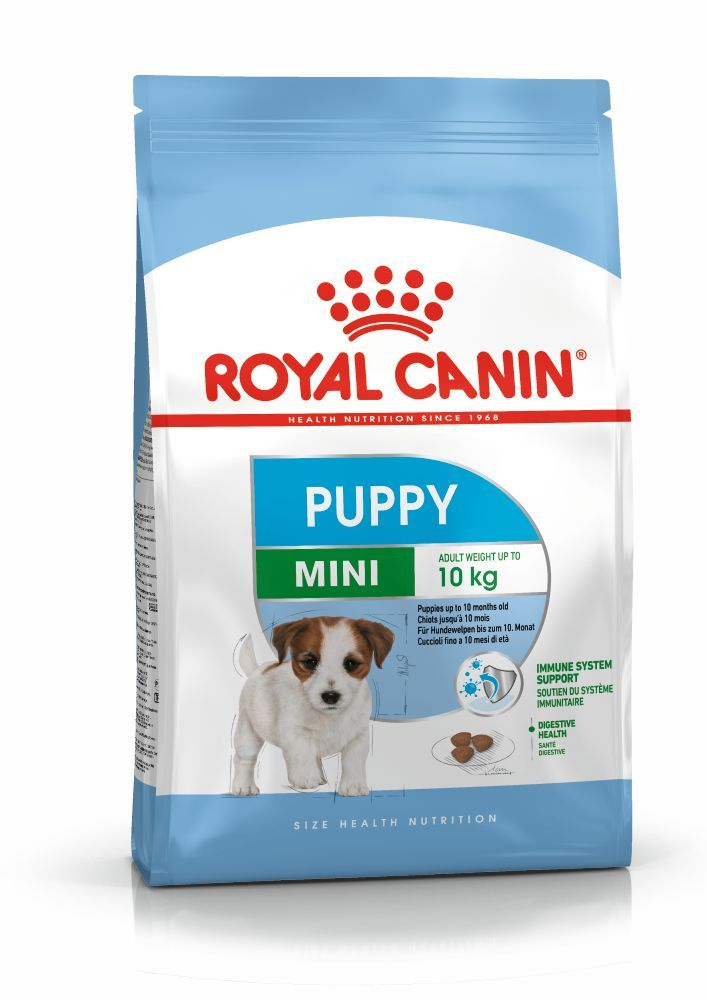
When choosing food for a Japanese Spitz, there are many factors to consider: their age, lifestyle, activity level, physiological condition, and health including potential sickness or sensitivities. Food provides energy to cover a dog’s vital functions, and a complete nutritional formula should contain an adjusted balance of nutrients to avoid any deficiency or excess in their diet, both of which could have adverse effects on the dog.
Clean and fresh water should be available at all times to support good urinary regularity. In hot weather and especially when out exercising, bring water along for your dog’s frequent water breaks.
The following recommendations are for healthy animals. If your dog has health problems, please consult your veterinarian who will prescribe an exclusively veterinary diet.
A Japanese Spitz puppy’s requirements, in terms of energy, protein, minerals and vitamins, are much greater than those of an adult dog. They need energy and nutrients to maintain their body, but also to grow and build it. Until they are 10 months old, a Japanese Spitz puppies’ immune system develops gradually. A complex of antioxidants - including vitamin E - can help support their natural defenses during this time of big changes, discoveries, and new encounters. Their digestive functions are different from an adult Japanese Spitz, too: their digestive system is not mature yet so it’s important to provide highly digestible proteins that will be effectively used. Prebiotics such as fructo-oligosaccharides, support digestive health by helping balance the intestinal flora, resulting in good stool.
Similarly, a puppy’s teeth – starting with the milk teeth, or first teeth, then the permanent teeth – are an important factor that needs to be taken into account when choosing the size, form, and hardness of kibble. This intense growth phase also means high energy needs, so the food must have a high energy content (expressed in Kcal/100g of food), while concentrations of all other nutrients will also be higher than normal in a specially formulated growth food. It is recommended to split the daily allowance into three meals until they are six months old, then to switch to two meals per day.
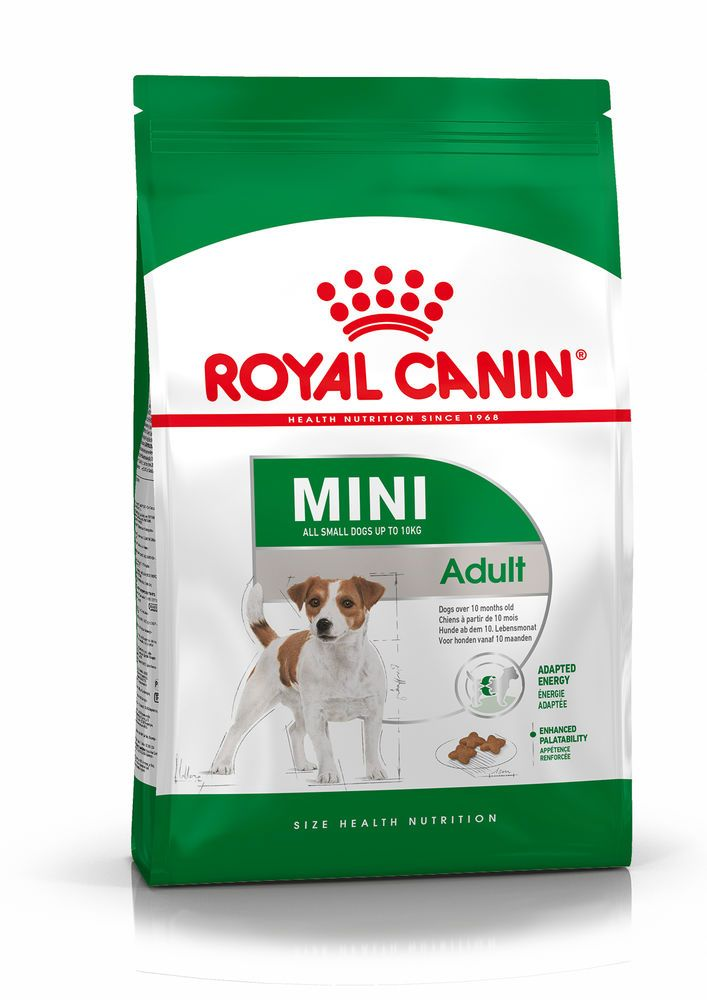
The main nutritional goals for adult Japanese Spitz dogs are:
Maintaining an ideal body weight by using highly digestible ingredients and keeping the fat content at a sensible level
Preserving the health and beauty of the skin and coat with the enriched addition of essential fatty acids (especially EPA-DHA), essential amino acids, and B vitamins.
At adult age, small breed dogs are exposed to oral and dental disorders, more precisely, accumulation of dental plaque and tartar. The Japanese Spitz dog’s teeth and jaws need a lot of protection. A kibble shape and a texture designed to promote chewing can help in slowing down the formation of dental plaque, and a formula containing calcium chelators can help reduce tartar formation, hence helping to support daily oral hygiene. Small breed dogs are well known for being fussy eaters. Exclusive formula and flavourings, as well as a kibble size with a special texture, will stimulate their appetite. Small breed dogs are prone to urinary stones; a diet that supports a healthy urinary system is recommended.
For Japanese Spitz dogs living mainly indoors, highly digestible proteins, an appropriate fibre content, and very high quality carbohydrate sources will help reduce faecal smell and volume. Because an indoor lifestyle often means less exercise, an adapted calorie content, which meets the reduced energy needs, and a diet that contains L-carnitine, which promotes fat metabolism, can help maintain an ideal weight. It is important to avoid feeding them human foods or fatty snacks. Instead, reward your dog with kibble taken from their daily meal allowance, and strictly follow the feeding guidelines written on the package in order to prevent excessive weight gain.
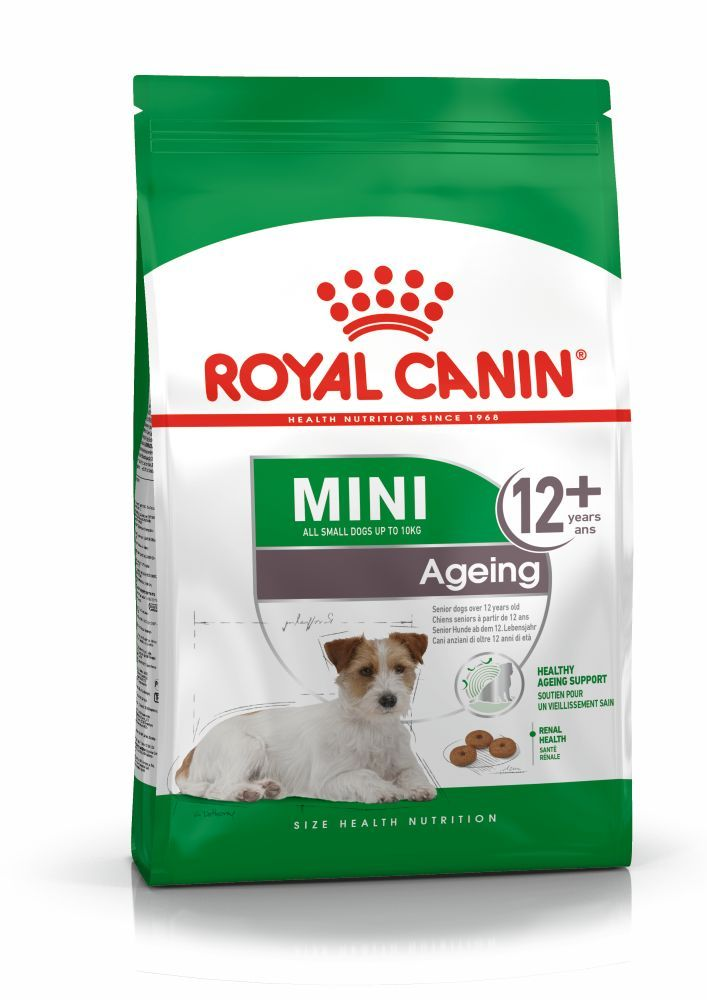
After 8 years old, Japanese Spitz dogs start facing the first signs of ageing. A formula enriched with antioxidants will help maintain their vitality and an adapted phosphorus content will support their renal system. Ageing is also accompanied by the modification of digestive capacities and particular nutritional requirements, so food for older Japanese Spitz dogs should have the following characteristics:
Higher vitamin C and E content. These nutrients have antioxidant properties, helping to protect the body’s cells against the harmful effects of the oxidative stress linked to ageing.
High-quality protein. Contrary to a widely held misconception, lowering the protein content in food brings little benefit in limiting kidney failure. In addition, older dogs are less efficient at using dietary protein than younger dogs. Reducing the phosphorus content is a good way of slowing down the gradual deterioration of kidney function.
A higher proportion of selected trace elements to maintain the skin and coat in good condition.
A higher quantity of polyunsaturated fatty acids to help maintain the quality of the coat. Dogs can normally produce these fatty acids, but ageing can affect this physiological process.
As they age, dogs increasingly suffer from teeth problems. To ensure they continue to eat in sufficient quantities, the shape, size, and hardness of their kibble needs to be tailored to their jaw.
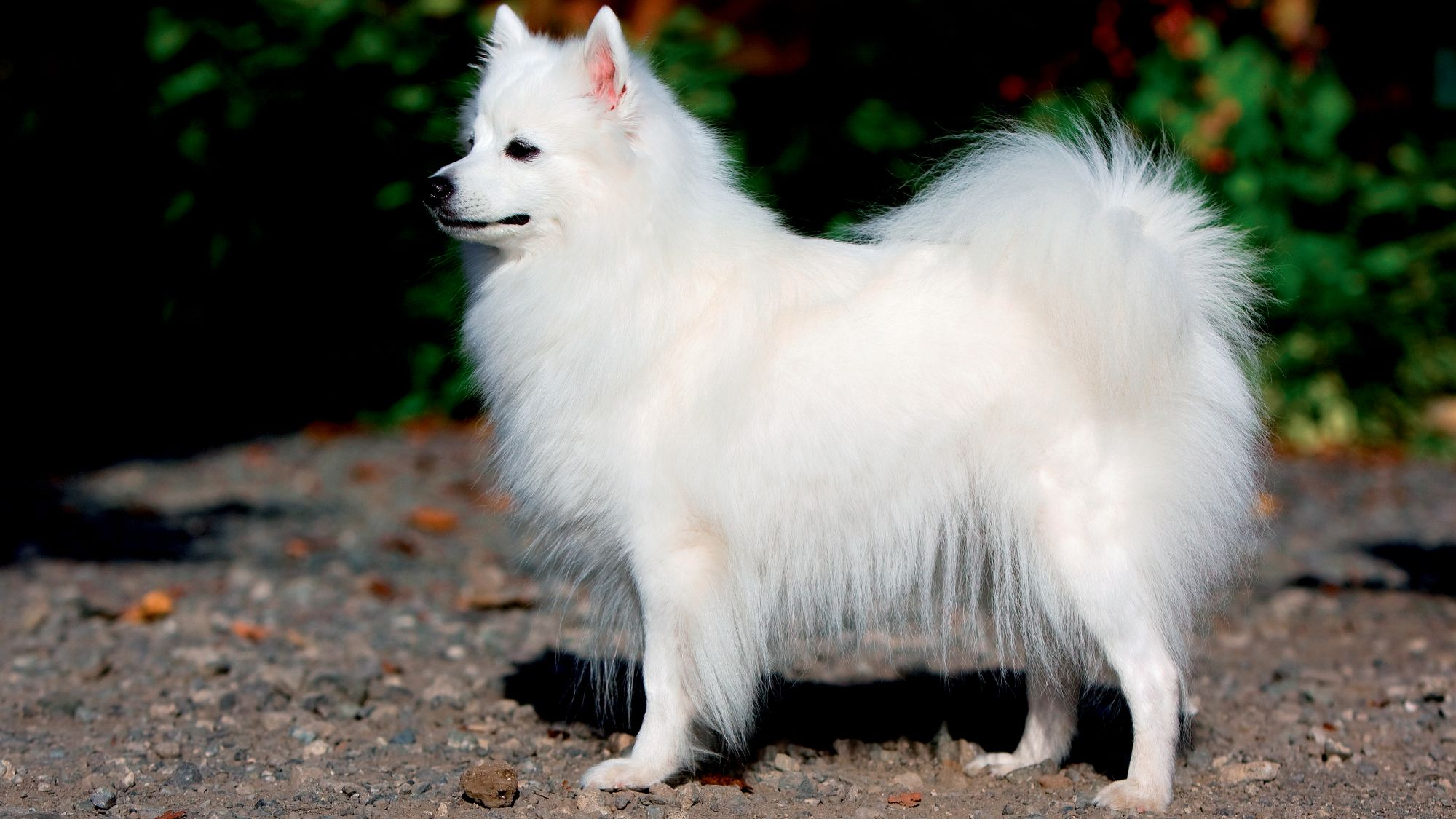
Caring for your Japanese Spitz
Grooming, training and exercise tips
7/7
All about Japanese Spitz dogs
Yes – they get on great with children once trained, although like any other breed they should not be left alone with them. Japanese Spitz dogs are loyal to their humans and enjoy spending as much time as possible together. Always game for an athletic adventure, their comedic turns will also keep you entertained no end.
The Japanese Spitz does not shed as much as their generous double coat would have you believe. They ‘blow’ their coat twice per year, for between two and three weeks each time, which requires daily brushing and some extra fluff around the house. For the majority of the year however, the Japanese Spitz sheds very little and requires just one weekly brush.
Suggested Breeds
Read more on this topic
- Veterinary Centers of America https://vcahospitals.com/;
- Royal Canin Dog Encyclopaedia. Ed 2010 and 2020
- Banfield Pet Hospital https://www.banfield.com/
- Royal Canin BHN Product Book
- American Kennel Club https://www.akc.org/
Like & share this page